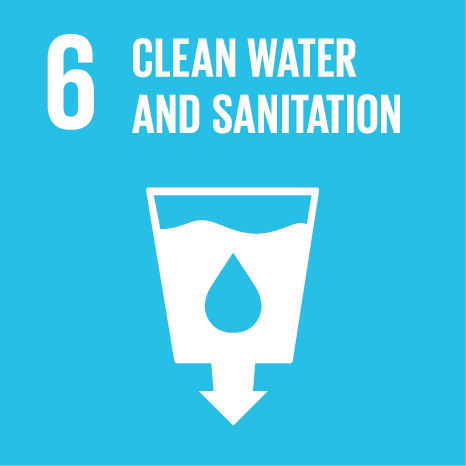 +265(0)111 624 222
+265(0)111 624 222 research@unima.ac.mw
research@unima.ac.mw Chirunga-Zomba, Malawi
Chirunga-Zomba, Malawi
Tryptophan-like and humic-like fluorophores are extracellular in groundwater: implications as real-time faecal indicators
Abstract
AbstractFluorescent natural organic matter at tryptophan-like (TLF) and humic-like fluorescence (HLF) peaks is associated with the presence and enumeration of faecal indicator bacteria in groundwater. We hypothesise, however, that it is predominantly extracellular material that fluoresces at these wavelengths, not bacterial cells. We quantified total (unfiltered) and extracellular (filtered at < 0.22 µm) TLF and HLF in 140 groundwater sources across a range of urban population densities in Kenya, Malawi, Senegal, and Uganda. Where changes in fluorescence occurred following filtration they were correlated with potential controlling variables. A significant reduction in TLF following filtration (ΔTLF) was observed across the entire dataset, although the majority of the signal remained and thus considered extracellular (median 96.9%). ΔTLF was only significant in more urbanised study areas where TLF was greatest. Beneath Dakar, Senegal, ΔTLF was significantly correlated to total bacterial cells (ρs 0.51). No significant change in HLF following filtration across all data indicates these fluorophores are extracellular. Our results suggest that TLF and HLF are more mobile than faecal indicator bacteria and larger pathogens in groundwater, as the predominantly extracellular fluorophores are less prone to straining. Consequently, TLF/HLF are more precautionary indicators of microbial risks than faecal indicator bacteria in groundwater-derived drinking water.
| Original language | en |
| Volume | 10 |
| Issue number | 1 |
| Publication status | Published - 2020 |
UN SDGs
This research output contributes to the following United Nations (UN) Sustainable Development Goals (SDGs)

UN SDGs
This research output contributes to the following United Nations (UN) Sustainable Development Goals (SDGs)

UN SDGs
This research output contributes to the following United Nations (UN) Sustainable Development Goals (SDGs)
